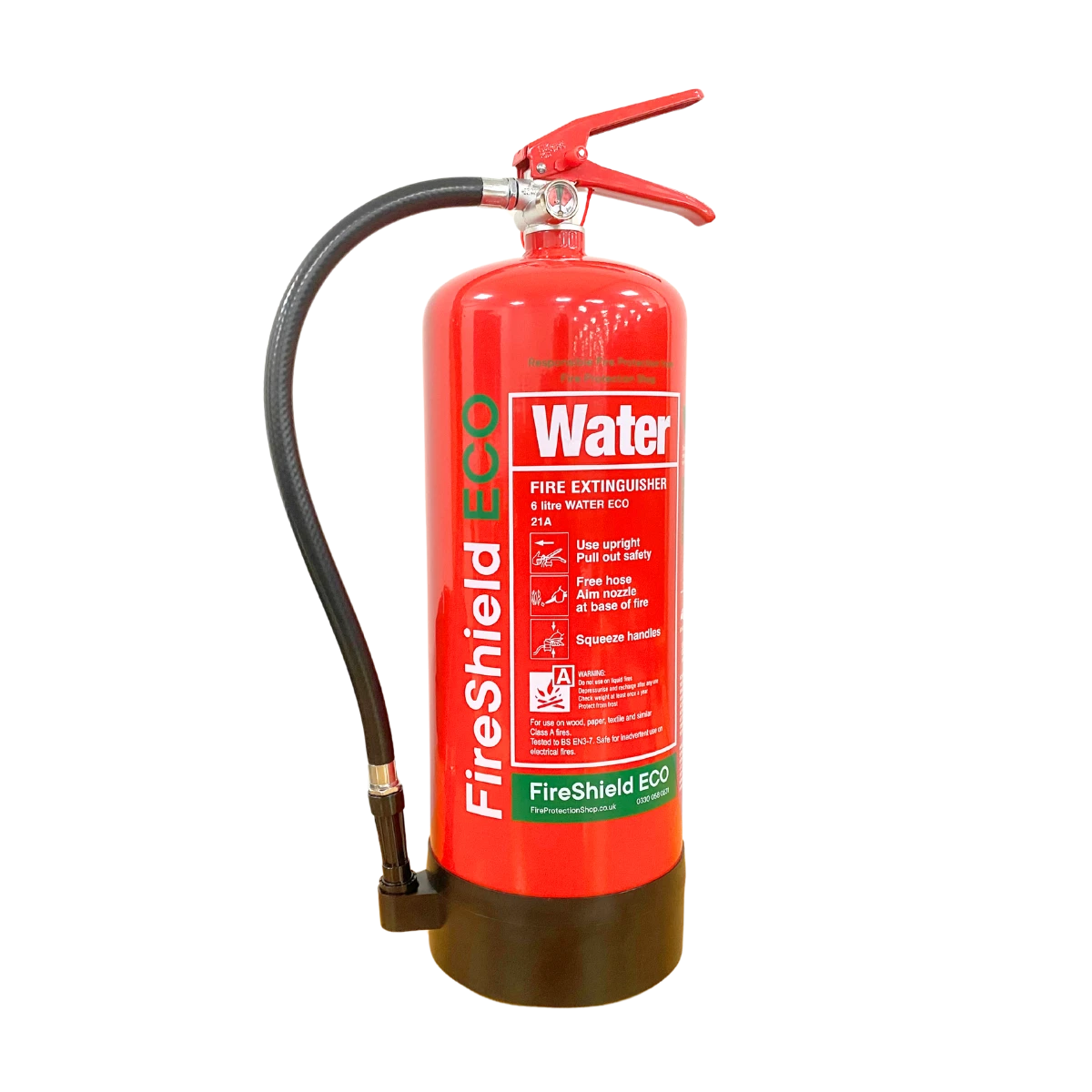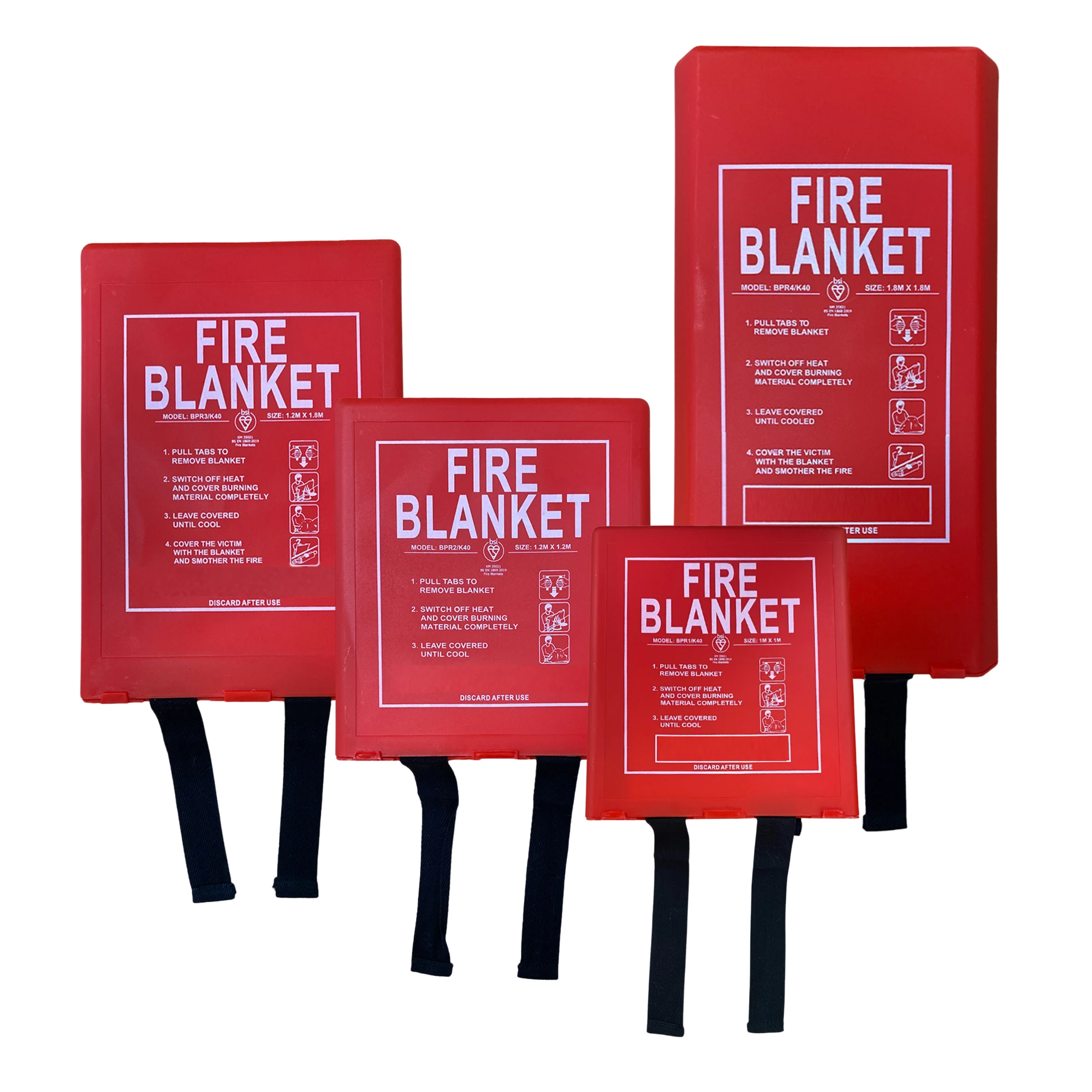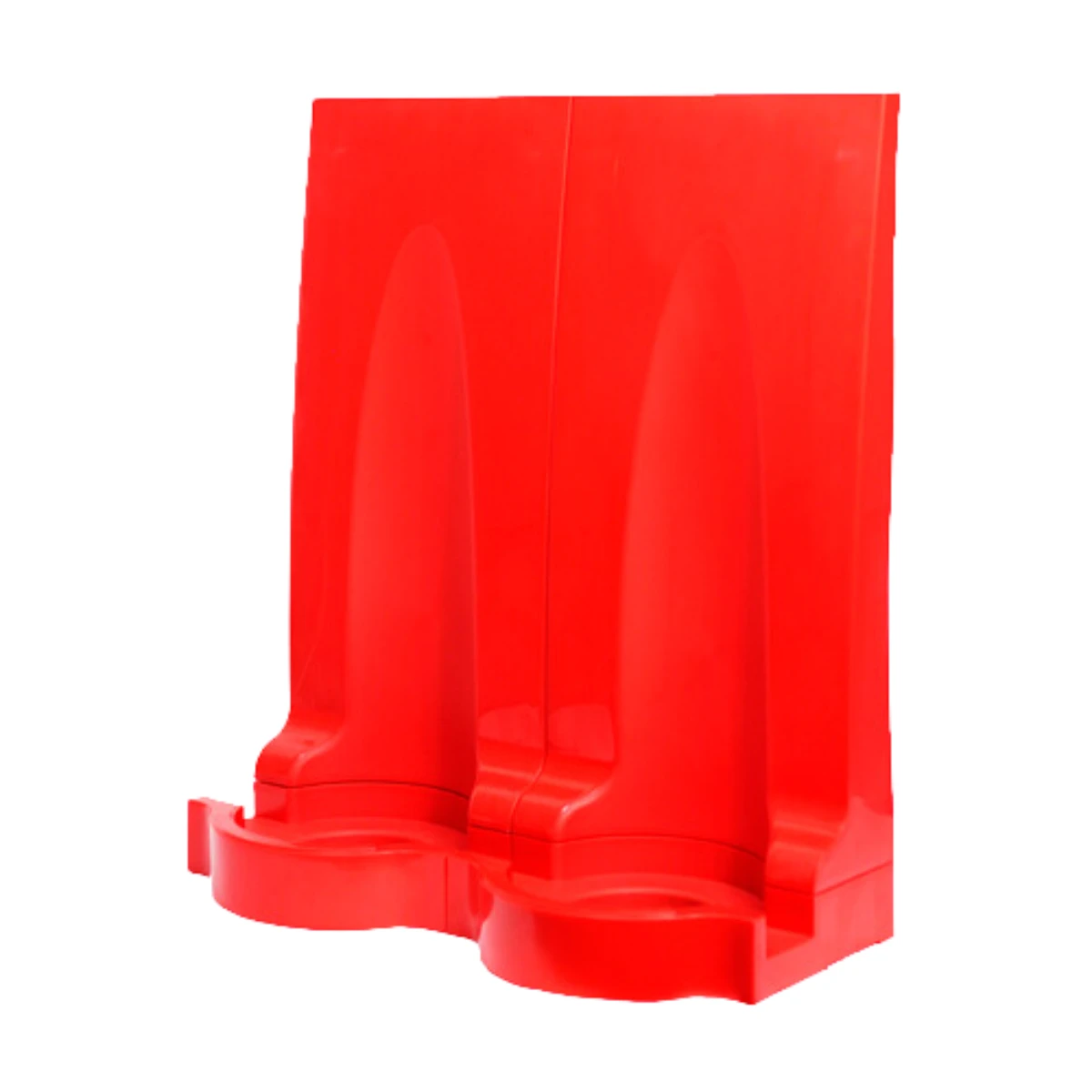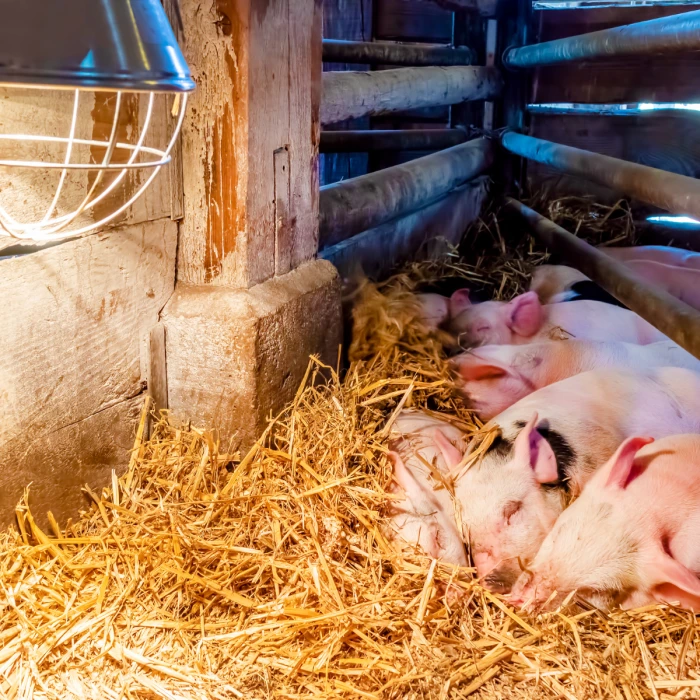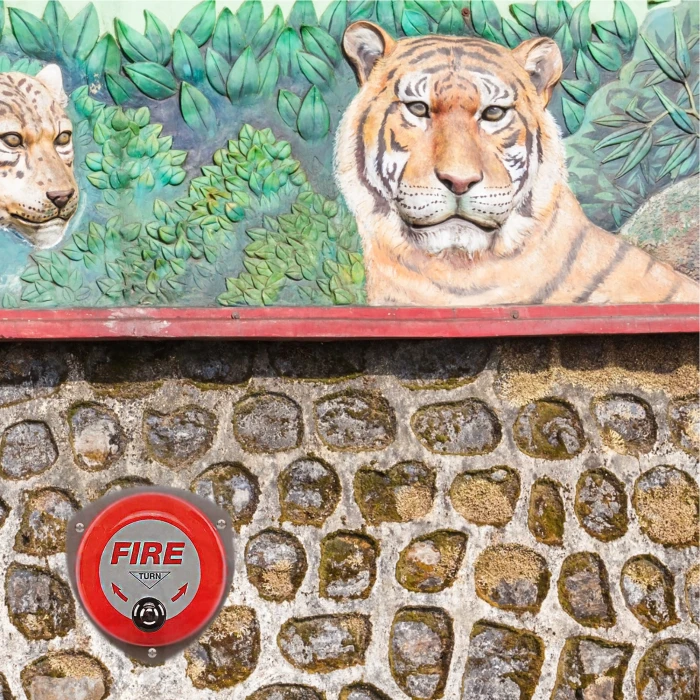Fire Extinguishers & Equipment
- Fluorine-Free Fire Extinguishers (Non-PFAS)
- Water Fire Extinguishers
- Water Additive Fire Extinguishers
- Water Mist Fire Extinguishers
- Foam Fire Extinguishers
- CO2 Fire Extinguishers
- Dry Powder Fire Extinguishers
- Wet Chemical Fire Extinguishers
- Multi-Chem Fire Extinguishers
- Lithium-Ion Fire Extinguisher
PFOA & PFOS WILL BE BANNED JULY 2025, THIS DOESN'T INCLUDE PFAS EXTINGUISHERS

 Book a service
Book a service








